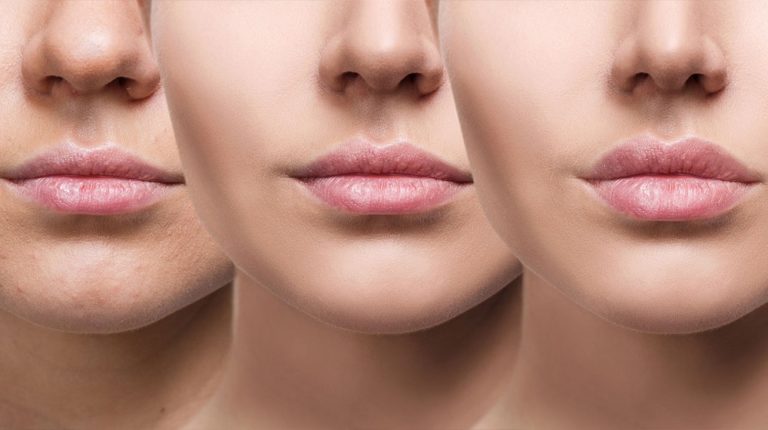
Teledentistry: Advantages & Disadvantages
The use of technology in medical care services has come with a lot of benefits. Whether they are advanced medical or simple diagnostic procedures, technology plays an important role.
A good example is teledentistry, which allows the diagnosis of dental health without having a one-on-one interaction. With virtual interactions, dentists can decide whether they want to have a one-on-one meeting as you can’t affix porcelain dental veneers over the phone or internet.
Especially today, teledentistry plays an important role in keeping health issues at bay. Plus, you all know communication via teleconferencing has become common, and most professions have now adopted it for different operations.
How Teledentistry Works
Similar to all telehealth practices, teledentistry basically works through the incorporation of videos as well as other forms of communication technology to enable dental experts and their patients to talk about the health issues they can be experiencing.
Dental care is something, which is usually ignored until you start experiencing pain and other dental issues. So teledentistry definitely makes casual visits to the dentist more accessible.
Your dentist may make use of two-way video systems, such as smartphones or videos, to allow patients to diagnose pain as well as other health issues.
Teledentistry Capabilities
You will be surprised by all dentists may do from afar through teledentistry. In the comfort of your office or home, teledentistry may do the following:
- Supervise
- Prescribe
- Assess
Advantages
Those who say that social media for dentists is often a waste of time and money must think again. Teledentistry offers a great way of overcoming geographical barriers to deliver treatment to people from afar while providing continuing education and clinical training for dental hygienists in remote areas. Its use is valuable in urban and rural areas.
Patients residing in rural areas have internet access. But they mostly don’t have access to the best healthcare services. Plus, they find it hard to travel to major towns and cities to get diagnosed. And in case something goes wrong, then traveling can be a waste of money and time. The same applies to most homebound elderly patients who are uncomfortable traveling to dental facilities.
In addition, people have always been scared to visit a dental health expert. Because of that, they tend to avoid keeping their anxieties at bay. Many kids are also uncomfortable visiting the dentist’s office. Though teledentistry is here to help to out their problem by giving them the capability to see an expert in the comfort of their homes.
Disadvantages
Teledentistry remains a great way to support the services of skilled clinicians. Although it is used internationally and nationally, barriers to its use exist, including ethical, financial, and legal concerns. Not to mention, teledentistry is not available in all states, and certain treatments require patients to have a face-to-face meeting.
In a Nutshell!
The truth is that teledentistry is changing dental practices beyond people’s imagination. While not every dentist has adopted it yet, dental experts who want to remain competitive in the market must use it.
















